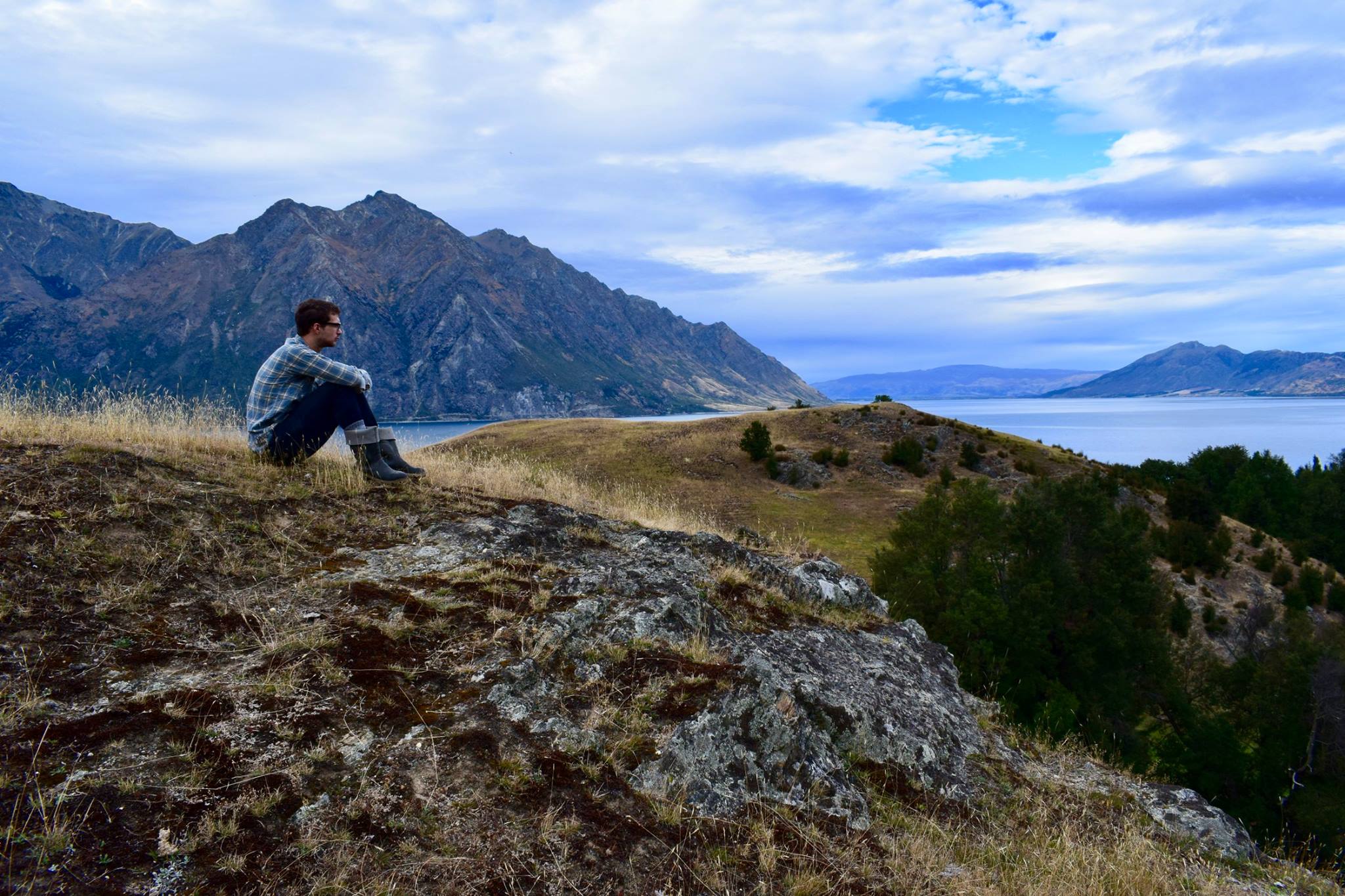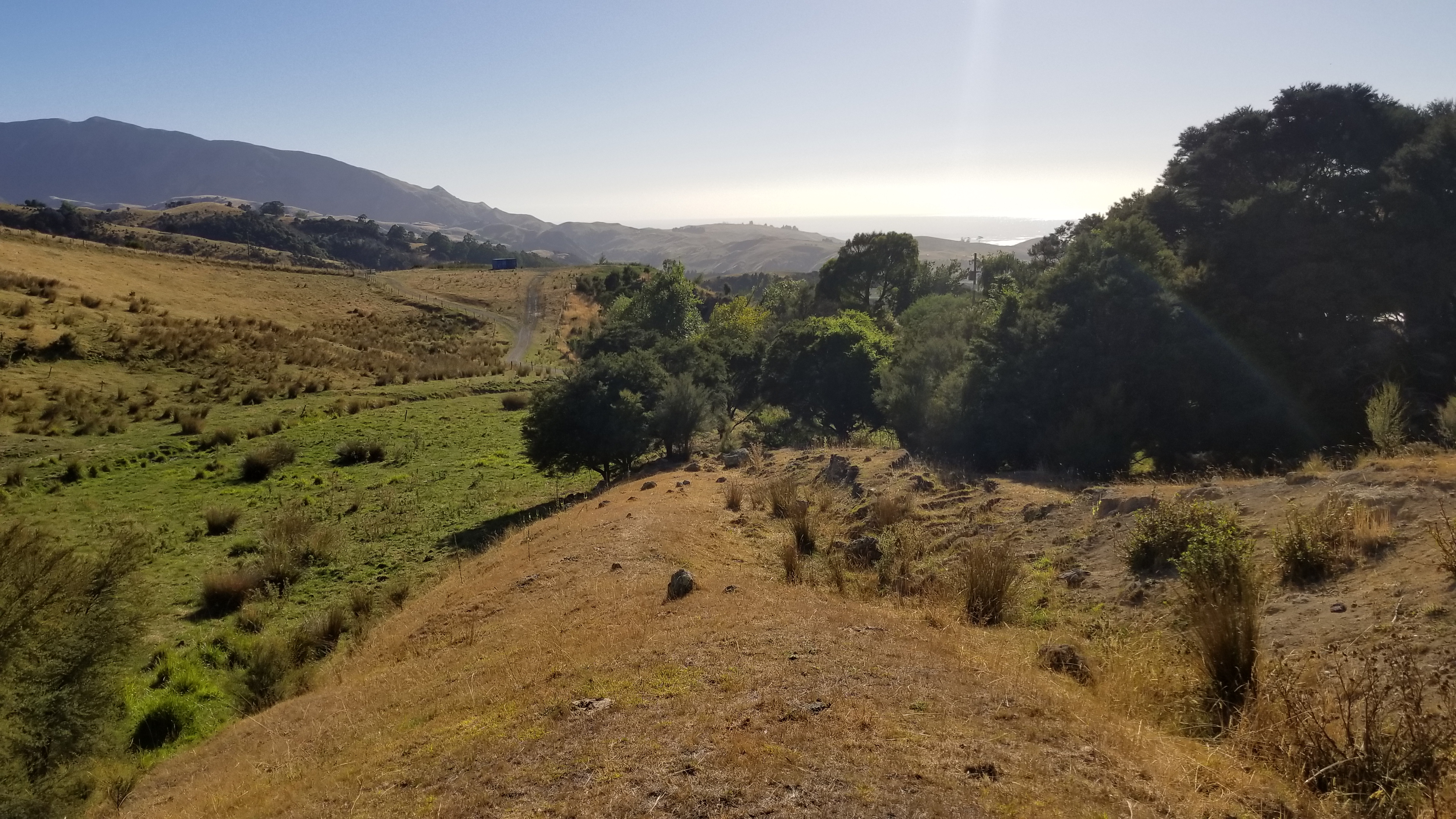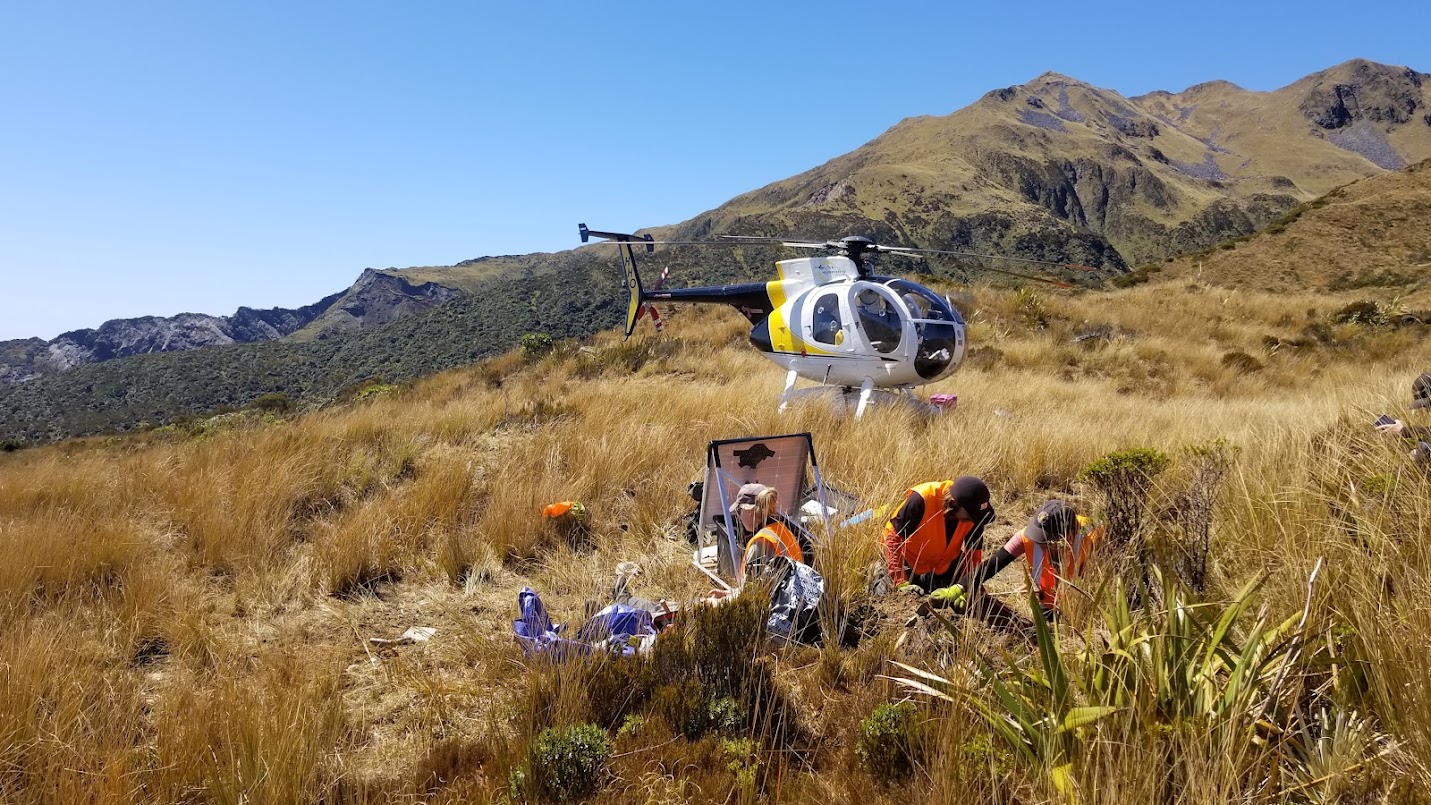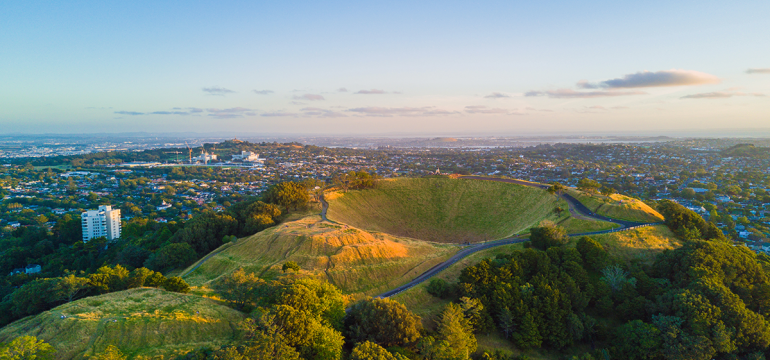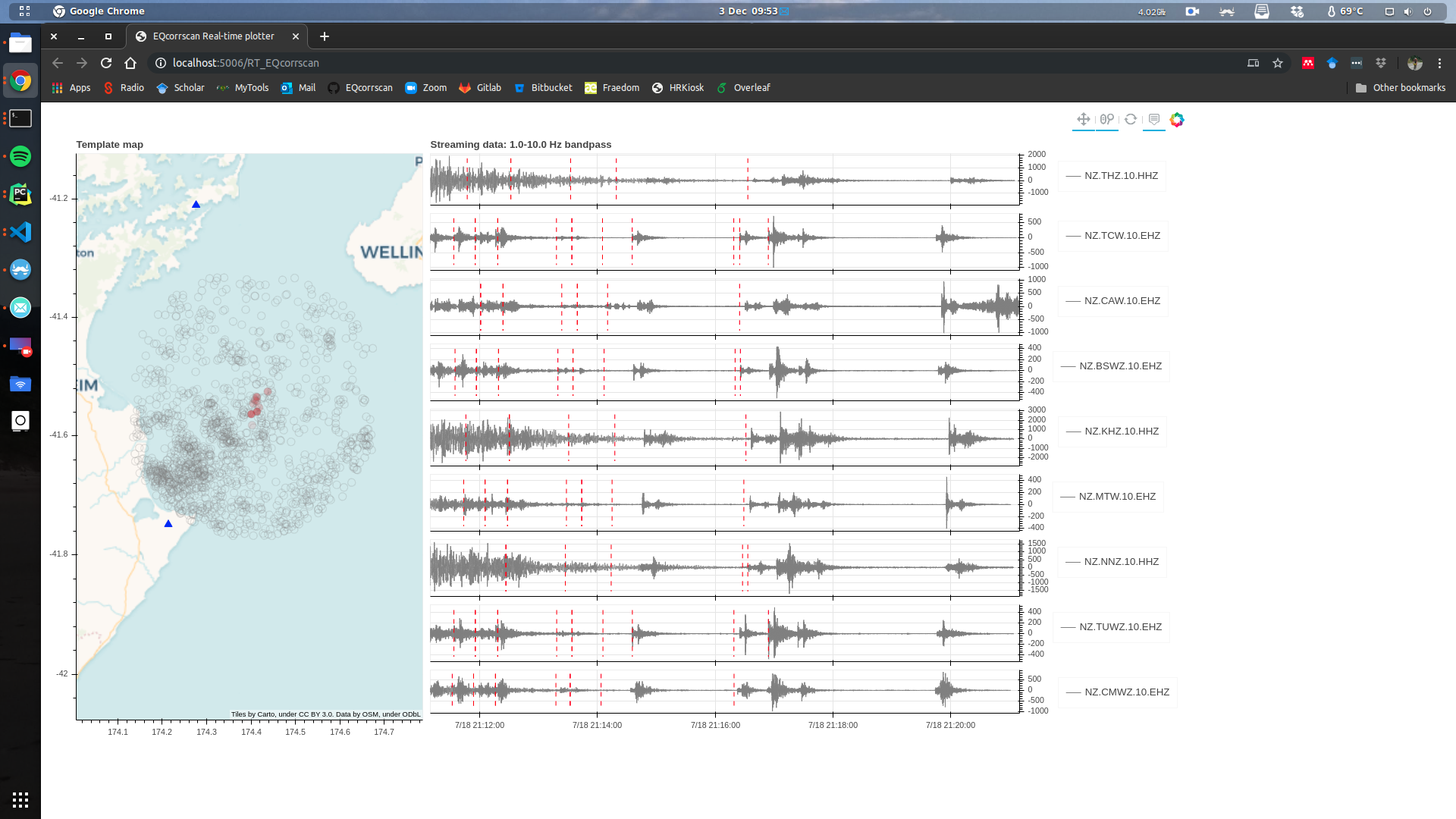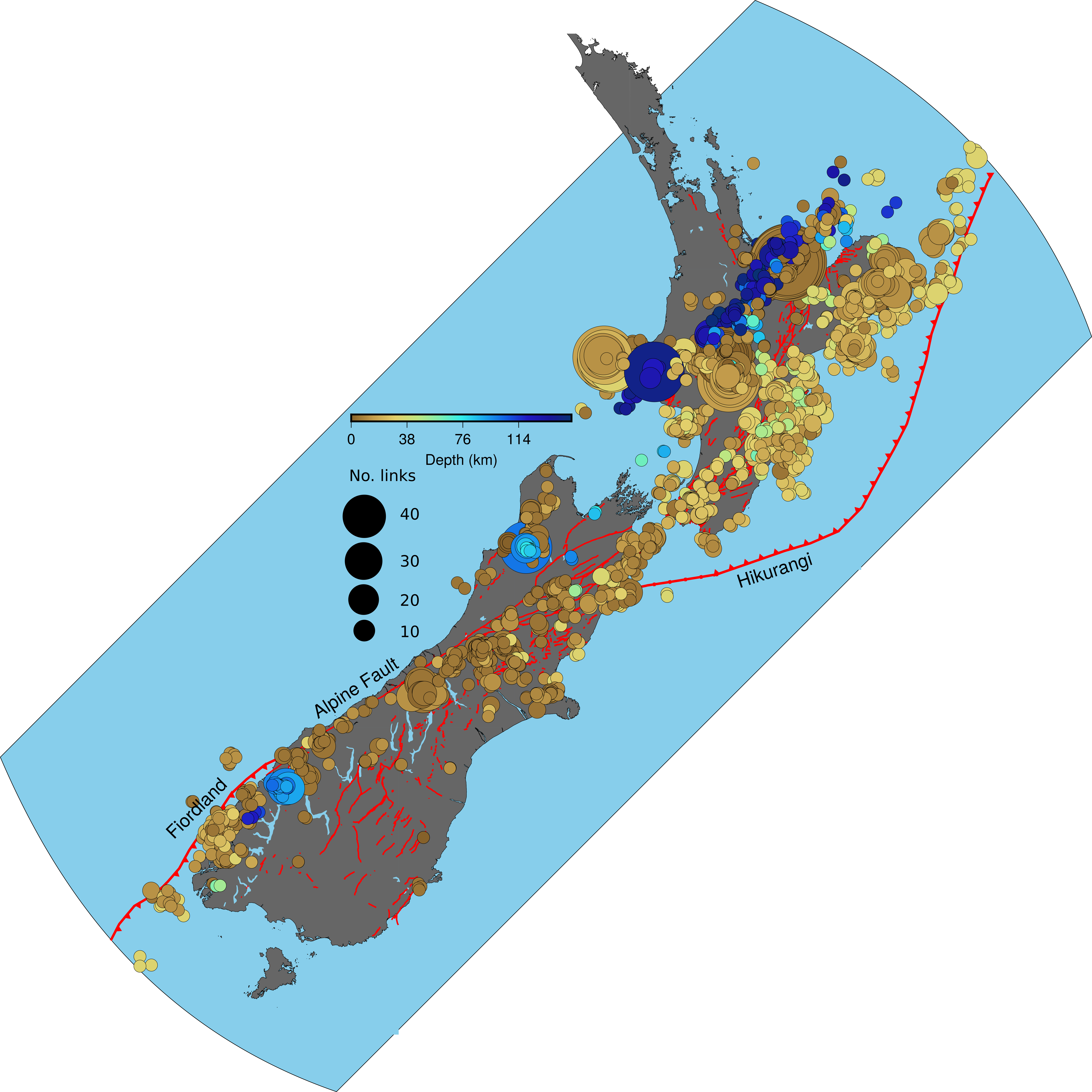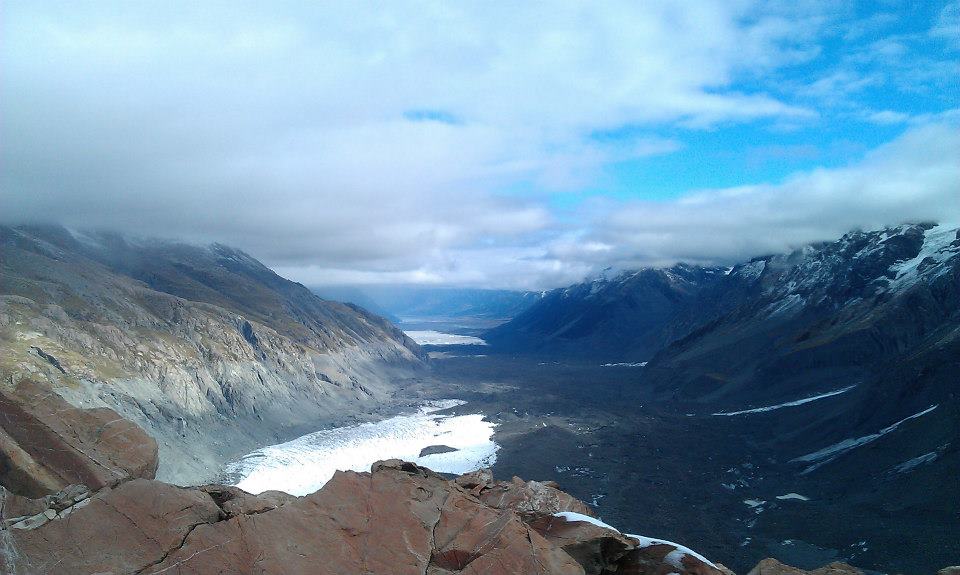Study interactions between earthquakes and slow earthquakes in New Zealand
This project aims to develop scientifically useful earthquake catalogues throughout Aotearoa, and study the interactions between earthquakes and other fault slip phenomena. This project forms part of a Royal Society Te Apārangi Rutherford Discovery Fellowship held by Dr Calum Chamberlain.
